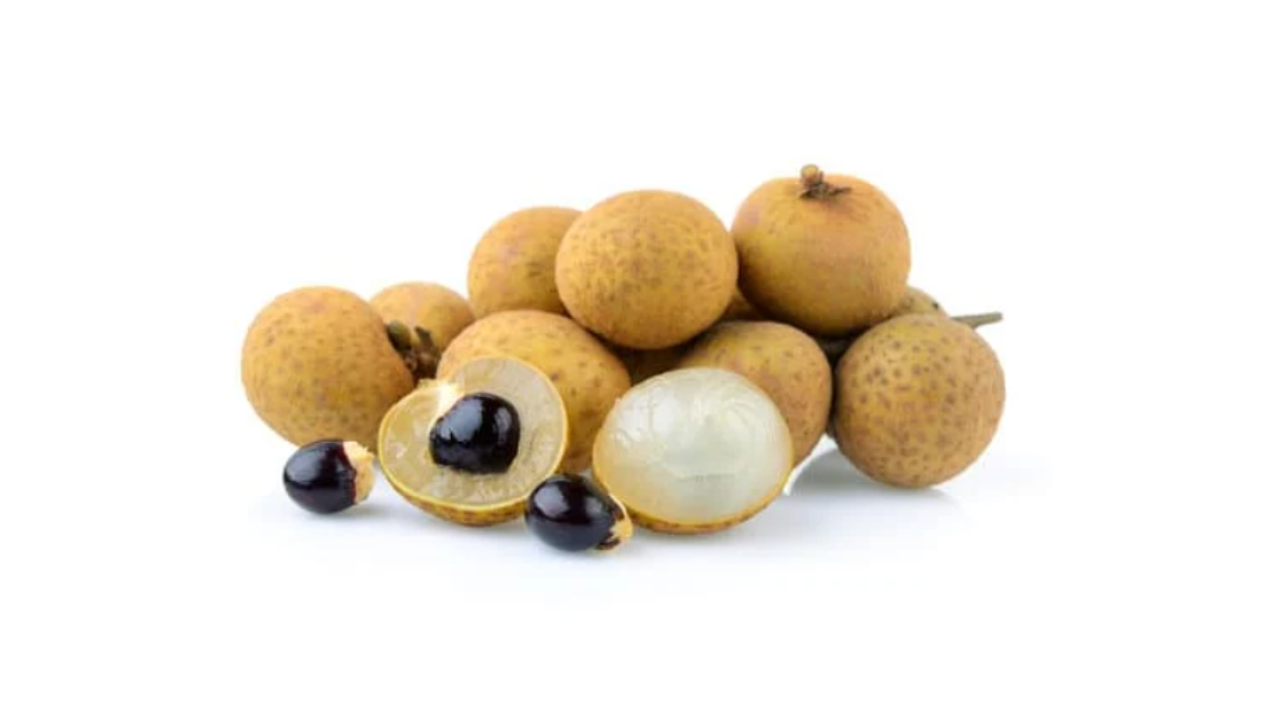
Longan (Dimocarpus longan), often referred to as the "dragon's eye" due to its translucent flesh and central dark seed resembling an eyeball, is a tropical tree species renowned for its sweet and succulent fruit. Belonging to the soapberry family (Sapindaceae), which also includes lychee and rambutan, longan has carved a niche for itself in various culinary and medicinal traditions across Asia and beyond.
The longan tree is a tropical species that produces edible fruit. The fruit is similar to that of the lychee but is less aromatic in taste. The name "longan" is derived from the Cantonese term "lùhng ngáahn," which translates to "dragon eye," a reference to the fruit's appearance when shelled.
Cultural Significance of Longan
Longan holds cultural importance in various Asian societies. In traditional Chinese medicine, longan is believed to have relaxing properties and is used in herbal remedies aimed at reducing stress and promoting sleep. Its resemblance to an eyeball has also led to symbolic interpretations in folklore.
Nutritional Profile
Longan fruit is primarily composed of water and carbohydrates, with minimal amounts of protein and fat. It is particularly rich in vitamin C, providing a significant portion of the recommended daily intake. Additionally, longan contains notable amounts of riboflavin (vitamin B2) and essential minerals such as potassium and copper.
Culinary Uses
Longan's sweet and juicy nature makes it a versatile ingredient in various culinary applications:
-
Fresh Consumption: Often enjoyed raw, longan serves as a refreshing snack, especially during hot weather.
-
Desserts and Beverages: The fruit is commonly used in Asian desserts, sweet soups, and beverages. Dried longan imparts a unique flavor to teas and herbal infusions.
-
Canned Products: Longan is frequently canned in syrup, extending its shelf life and availability beyond the harvesting season.
-
Fermented Products: In certain regions, fermented longan is used to produce longan wine, showcasing its adaptability in various culinary traditions.
Cultivation and Harvesting
Longan trees thrive in tropical and subtropical climates, requiring well-drained soil and ample sunlight. They are cultivated extensively in regions such as China, Thailand, Vietnam, and India. A mature longan tree can yield a substantial harvest, with reports indicating up to 500 pounds of fruit per year.
The fruit typically ripens in mid to late summer, depending on the geographic location. Harvesting is done manually by cutting the fruit clusters from the branches. Post-harvest, longans are either consumed fresh, dried for preservation, or processed into various products.
Conservation Status
Historically, wild longan populations faced threats due to large-scale logging, leading to a vulnerable status on the IUCN Red List. However, the species has shown resilience, with stumps capable of resprouting when left undisturbed. As of 1998, the conservation status was updated to Near Threatened, though recent field data are insufficient for a contemporary assessment.
Longan stands out as a tropical fruit that seamlessly blends delightful taste with nutritional benefits. Its versatility in culinary applications, coupled with its cultural significance, underscores its enduring appeal. As cultivation practices evolve and conservation efforts continue, longan remains a cherished fruit, offering a unique experience to those who partake in its sweet, succulent flavor.
















